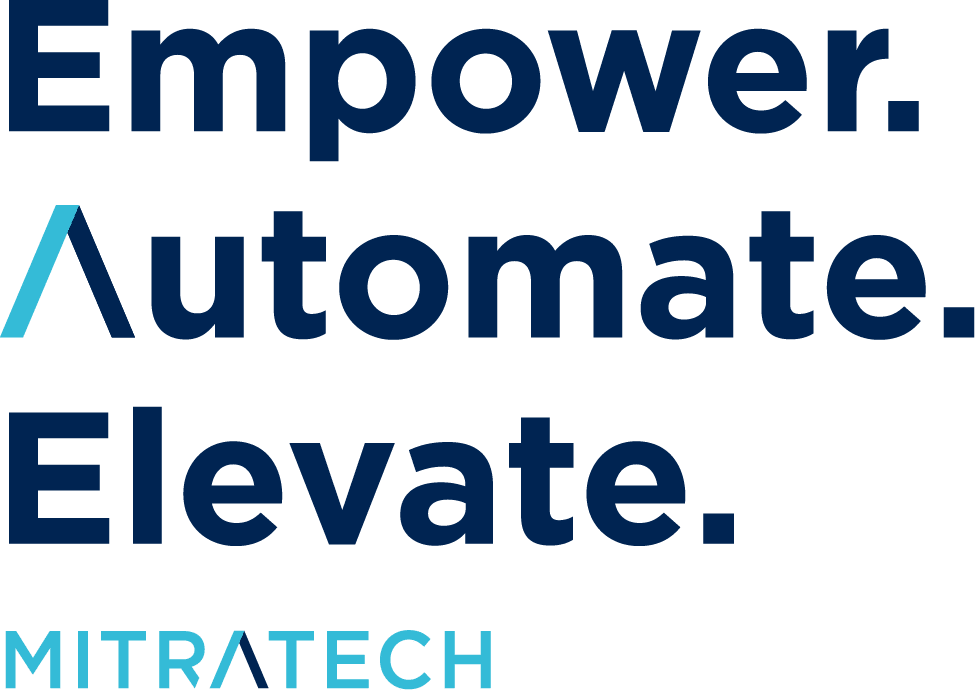Imagine discovering that half your vendors haven’t been evaluated in a year — or realizing that AI usage across your organization is growing faster than your governance framework can keep up. According to a recent study, this lack of visibility is the reality for many organizations, many of which may unknowingly face escalating, compounding risks as a result.
Enterprise Risk Management (ERM) was designed to bring order to chaos. But in practice, ERM is not a static framework; it’s a living discipline that combines the science of data, process, and compliance with the art of judgment, culture, and adaptability. That blend of structure and intuition is what determines whether ERM becomes a true strategic asset or just another reporting function known as “the department of No.”
We call this the (In)Complete Guide because every ERM program is unique. The framework may be universal, but how you apply it depends on your industry, maturity, and risk appetite.
In this post, we'll cover:
- The Science: What Is Enterprise Risk Management?
- The Art: Why ERM Programs Matter More Than Ever
- Six Steps to Implementing a Strategic ERM Program
- Blending Art and Science: Best Practices for Sustaining an Enterprise Risk Management Program
- Next Steps: Streamline Enterprise Risk Management with Mitratech
The Science: What Is Enterprise Risk Management?
Enterprise Risk Management (ERM) is a holistic approach to identifying, assessing, managing, and monitoring risks across an organization. Rather than isolating risks by department or function, ERM provides a unified framework that ensures every type of risk — from strategic and reputational to financial and regulatory to cyber and third-party — is addressed in a connected way.
This unified perspective matters because risks are rarely – if ever – isolated. A cybersecurity incident can ripple through supply chains, compliance obligations, and reputation, while poor third-party oversight can trigger operational, financial, and regulatory consequences. ERM ensures that leaders can see the “big picture” and respond with agility.
The Art: Why ERM Programs Matter More Than Ever
Enterprise Risk Management (ERM) has always been important, but it’s especially critical in today’s environment as the pace, scope, and interconnectivity of risks continue to accelerate.
Rising Complexity of Risk
Risks don’t occur in isolation — cyber incidents, third-party disruptions, regulatory changes, and more often cascade into one another. Without a structured, enterprise-wide view, organizations risk being blindsided.
Evolving Risk Perceptions to Value Driver
At Gartner’s most recent Enterprise Risk Conference, leaders underscored that regulatory complexity and AI oversight are among the top emerging risks. ERM is now seen as a competitive advantage — integral for navigating shifting legal environments across regions.
When risk management is done well, it goes beyond simply preventing losses. It provides insights that help organizations make better decisions, improve resilience, and even uncover growth opportunities.
ERM shifts risk from being an afterthought to being a driver of business value. Much like other drivers of business value, it requires consistent upkeep, regular engagement in the marketplace, and conversations with other risk professionals. If you’re still referencing frameworks like the Three Lines of Defense(3LoD) model or the COSO Cube, it’s time for a refresh.
Global Regulatory Scrutiny
A significant reason organizations are investing in Enterprise Risk Management (ERM) programs is the wave of global regulations and disclosure mandates that demand greater transparency, accountability, and resilience.
Global regulations and standards impacting ERM programs include:
- GDPR (General Data Protection Regulation) – EU : Requires organizations to demonstrate accountability and data protection by design, making structured risk management of personal data essential.
- NIS2 (Network and Information Security) Directive – EU: Expands cyber risk oversight obligations across critical sectors, mandating risk assessments, incident reporting, and board-level accountability.
- DORA (Digital Operational Resilience Act) – EU: Demands financial services firms demonstrate resilience across IT, third-party, and cyber risks, requiring continuous monitoring and ERM integration.
- CSRD (Corporate Sustainability Reporting Directive) – EU: Expands ESG disclosure obligations, requiring organizations to assess and manage environmental, social, and governance risks in line with global reporting standards.
- U.S. SEC Cybersecurity Disclosure Rules: Public companies must disclose material cyber risks, governance structures, and incident reporting—necessitating board-driven ERM programs for cyber resilience.
- SOX (Sarbanes-Oxley Act) – U.S.: Requires internal controls and risk management processes to ensure accuracy in financial reporting.
- UK Corporate Governance Code: Expects boards to establish and maintain a robust risk management and internal control framework, embedding ERM into corporate governance.
- APRA Prudential Standards (Australia): Standards like CPS 230 (Operational Risk Management) require financial institutions to have comprehensive risk management frameworks.
- IFRS Sustainability Standards (ISSB Standards – Global): Effective from 2024, require disclosure of climate- and sustainability-related risks, emphasizing the need for integrated ERM processes.
Six Steps to Implementing a Strategic ERM Program
A successful ERM program requires a structured process and cultural alignment. Mitratech’s ERM framework highlights six key steps:
-
Define Context
Establish your organization’s risk appetite and capacity, align risk taxonomy, and set governance structures.
-
Identify Risks
Use predefined scenarios, data-driven assessments, and cross-functional collaboration to capture meaningful risks beyond obvious issues.
-
Qualify Risks
Understand root causes, classify risks, and evaluate their impact and probability to ensure objectivity.
-
Quantify Risks
Move beyond qualitative judgments by calculating “value at risk” using guided estimation tools and simulations.
-
Manage Risks
Implement mitigation strategies, align risk exposure with appetite, and foster continuous updates and collaboration across the organization.
-
Aggregate Portfolio
Run simulations, monitor risk exposure in real time, and deliver board-ready reporting that supports data-backed decision-making.
Blending Art and Science: Best Practices for Sustaining an Enterprise Risk Management Program
To keep ERM alive and effective, organizations must evolve from periodic reviews to continuous, tech-enabled monitoring.
Best Practices:
- Make It Continuous: Risks evolve daily, so ERM should be an ongoing process rather than a quarterly checklist.
- Break Down Silos: Connect risk disciplines — cyber, ESG, third-party, IT — within a single platform for complete visibility.
- Leverage Technology: AI-enabled risk management solutions help automate assessments, streamline reporting, and provide predictive insights.
- Foster a Risk-Aware Culture: Involve stakeholders across all levels, from business units to executive leadership, to build shared accountability.
- Stay Aligned with Regulations: Continuously map risks to laws and standards, ensuring your organization remains audit-ready.
ERM isn’t about eliminating uncertainty — it’s about navigating through it confidently.
Next Steps: Streamline Enterprise Risk Management with Mitratech
By embedding enterprise risk management into strategy, organizations create resilience, build stakeholder confidence, and gain the agility to navigate uncertainty with confidence.
Whether you’re starting an enterprise risk management program from scratch or looking to scale and mature your current program, Mitratech is here to help. Centralized ERM platforms, like Mitratech’s, integrate data from across departments, enabling executives and boards to gain real-time oversight of organization-wide risk. This transparency strengthens audit-readiness, ensures compliance, and builds trust with stakeholders.
Curious to see how Mitratech blends the art and science of ERM to deliver results? Get in touch with our experts today.



